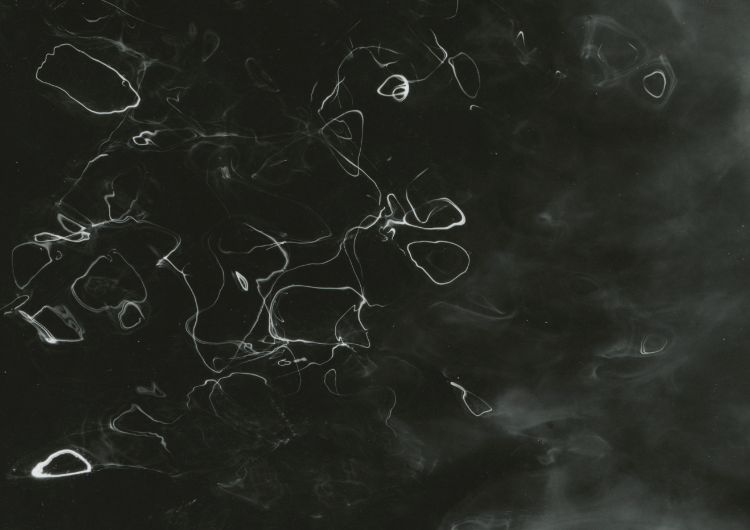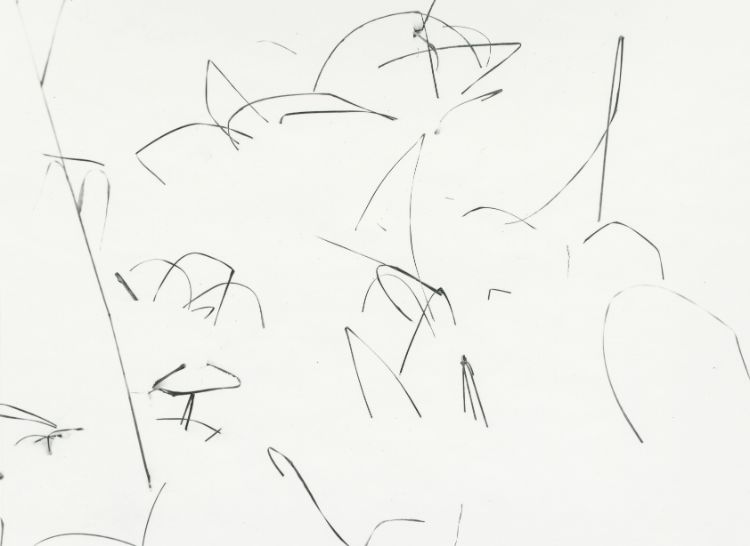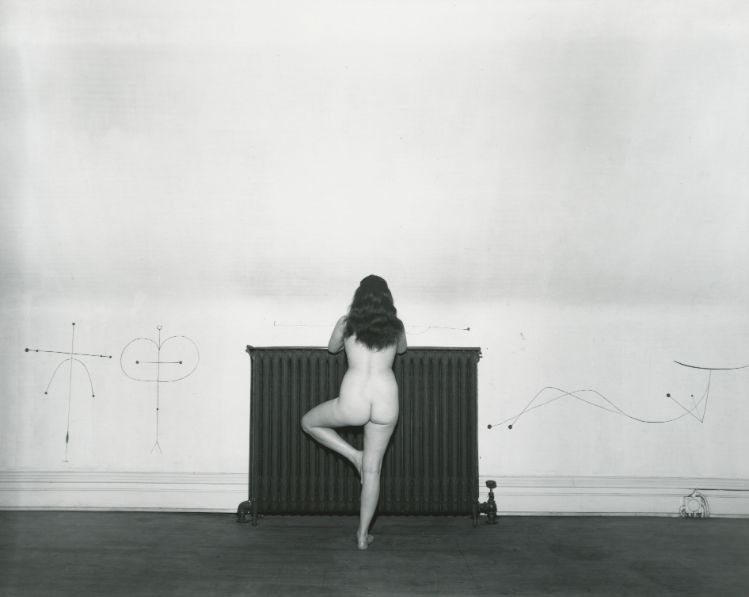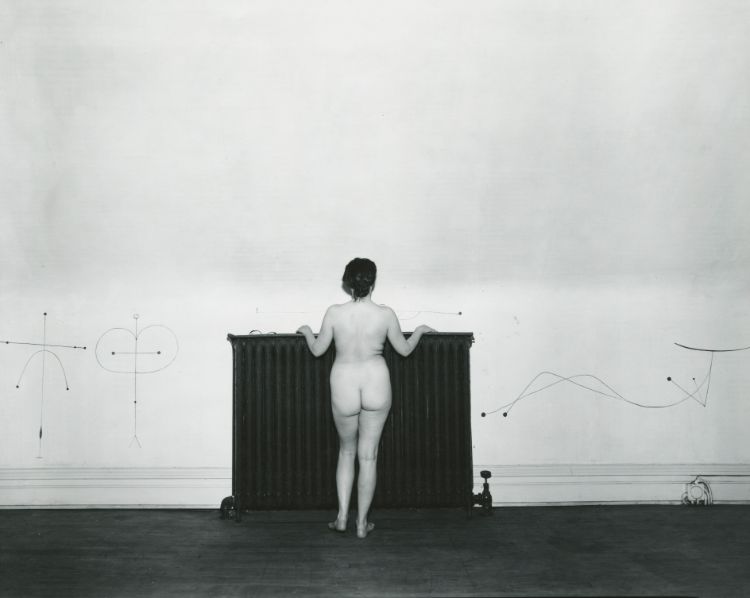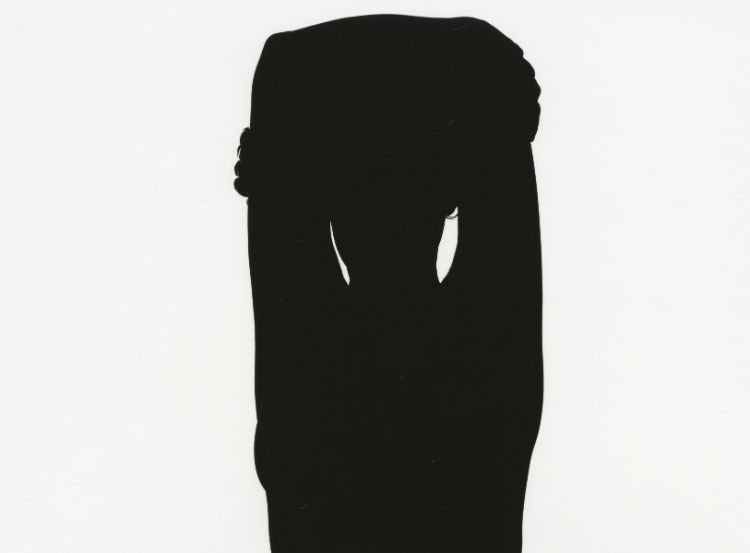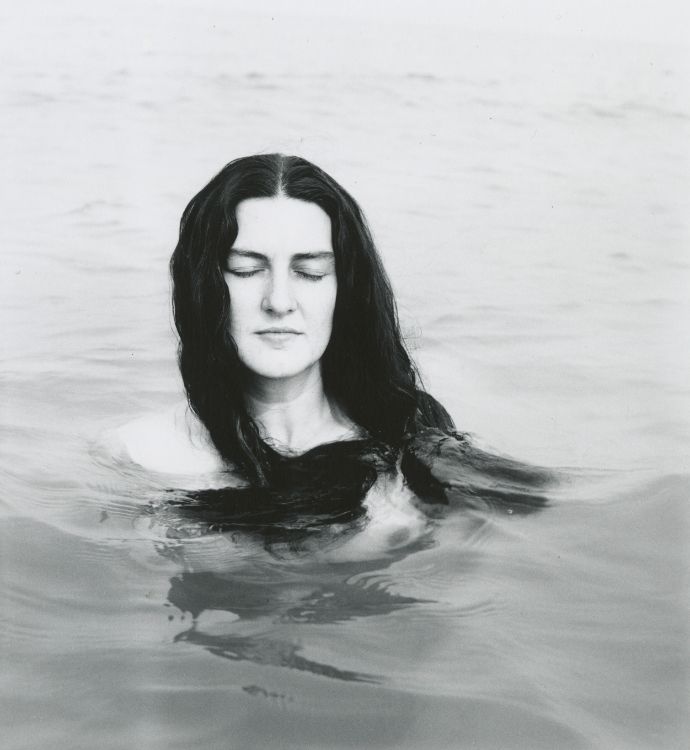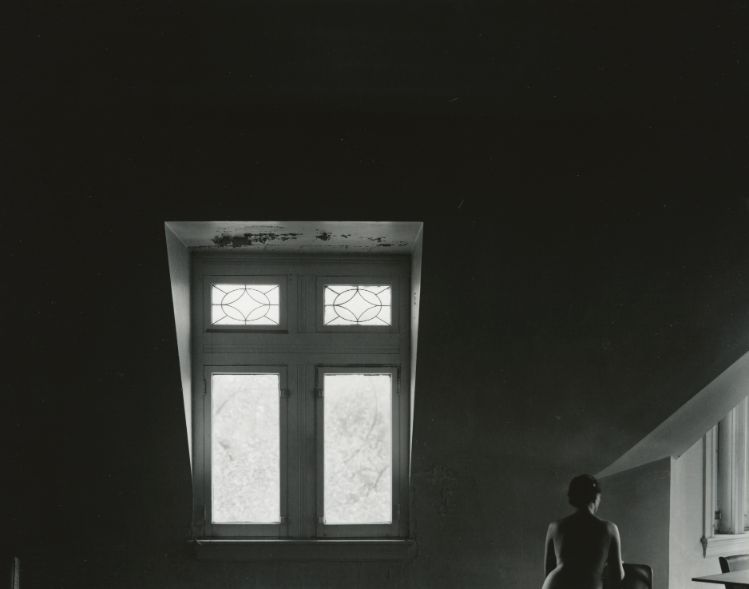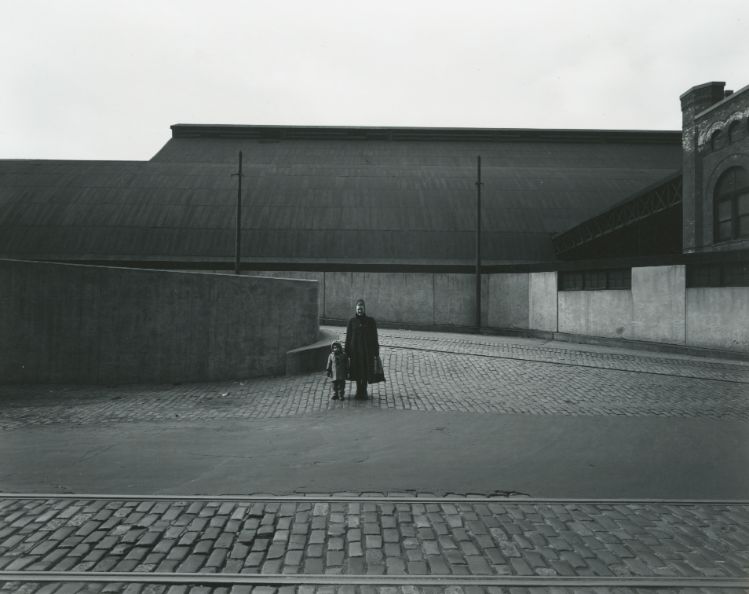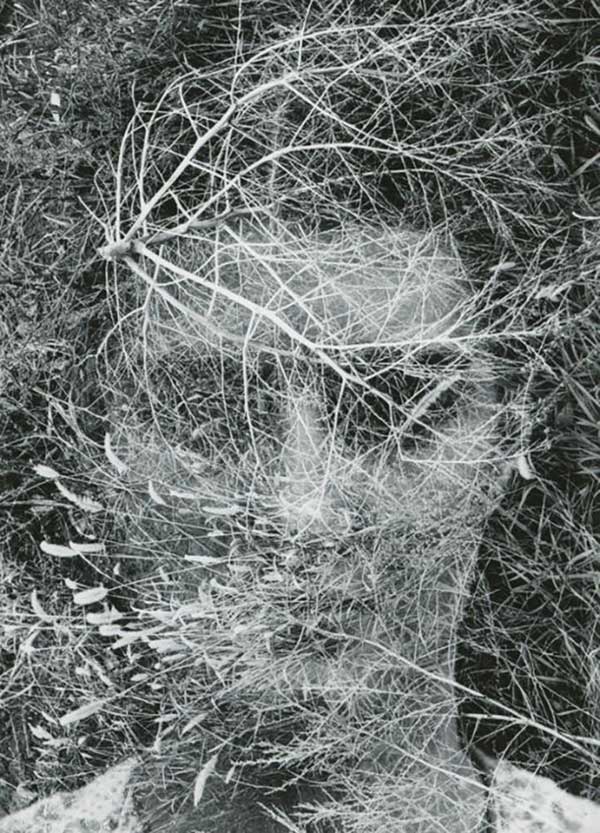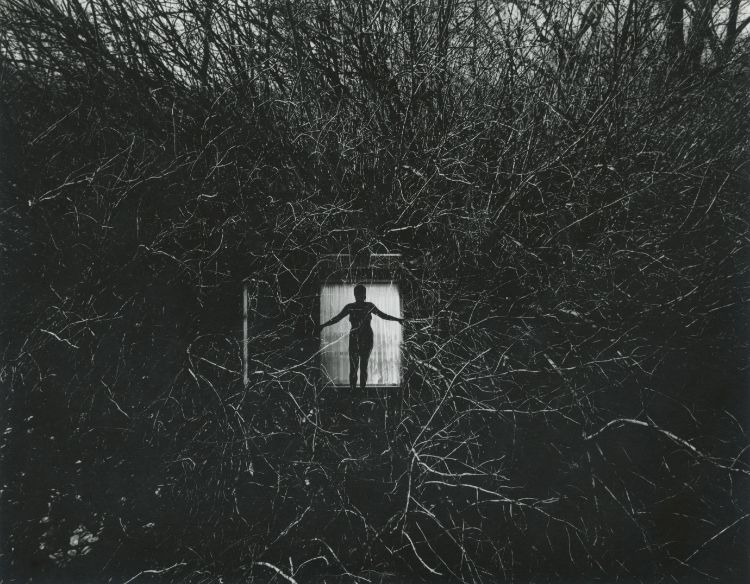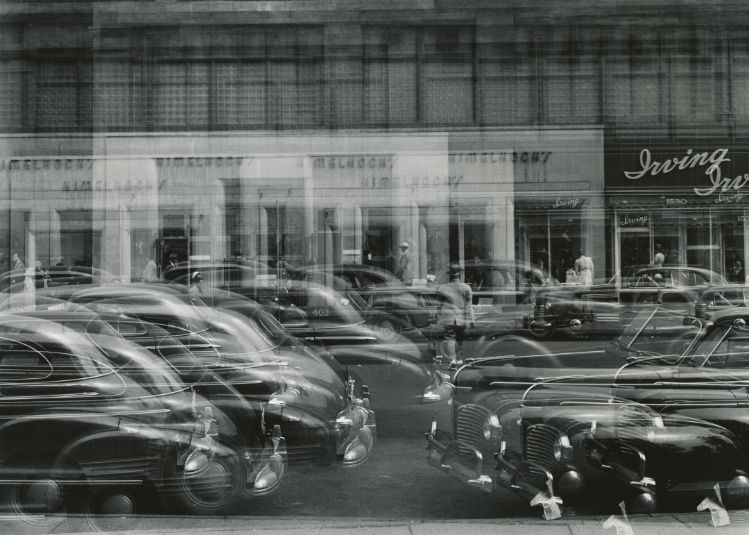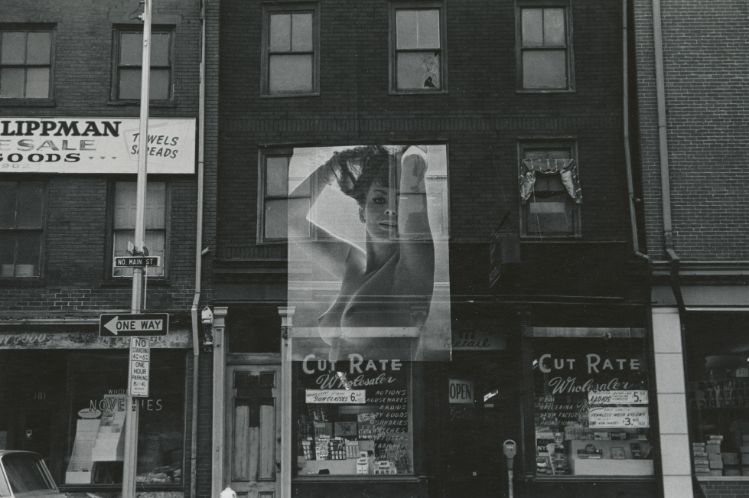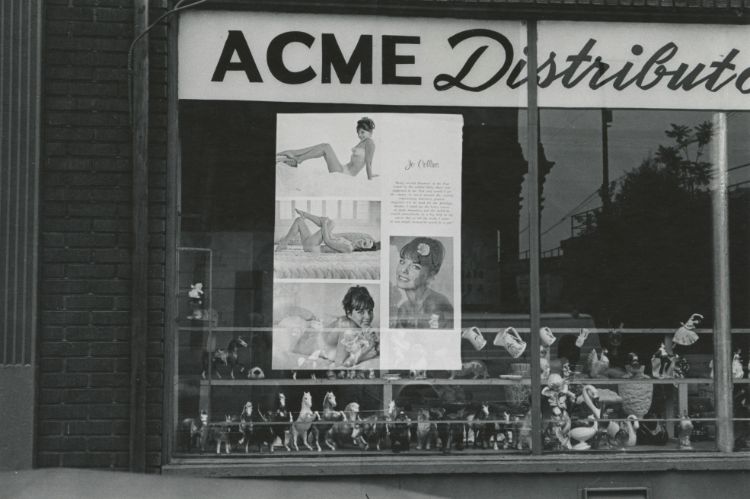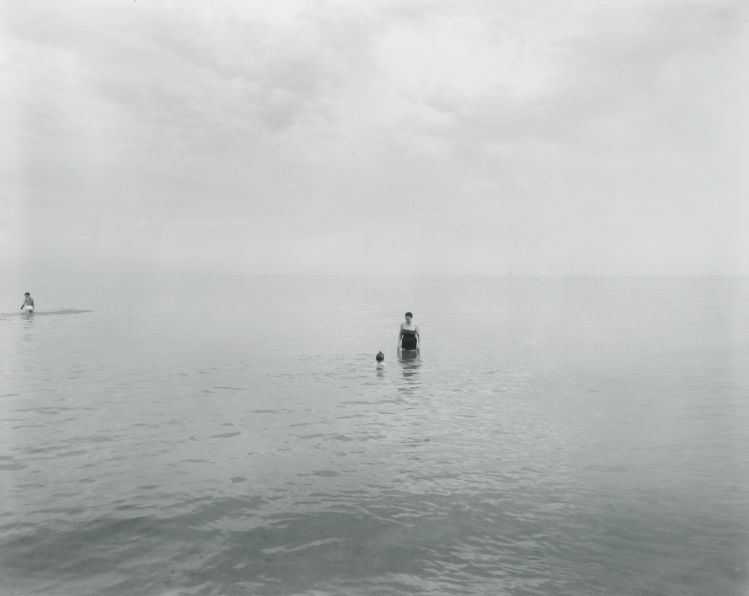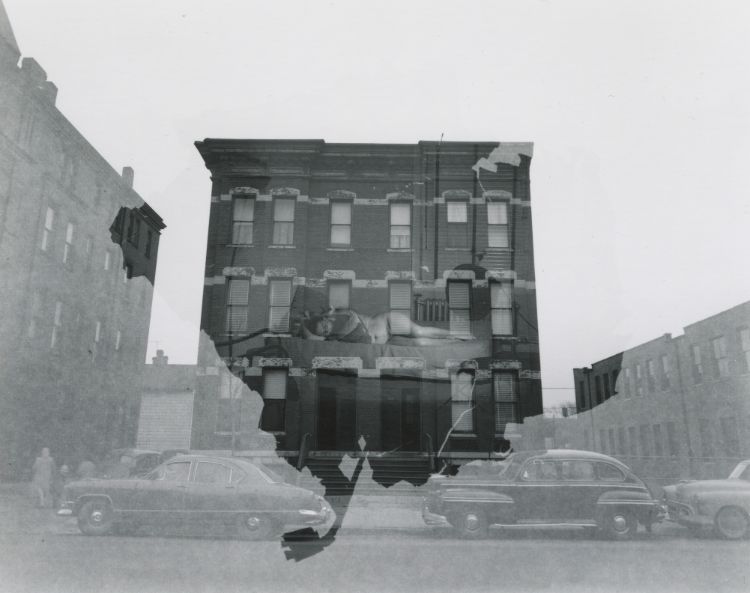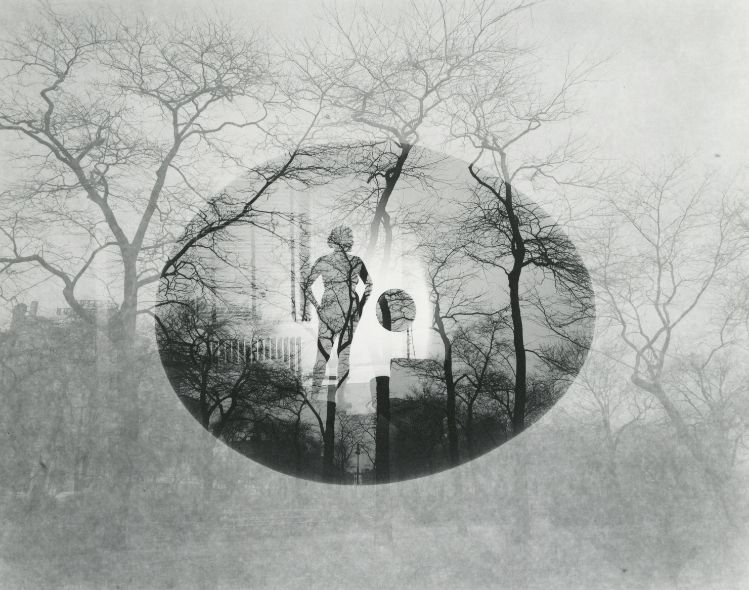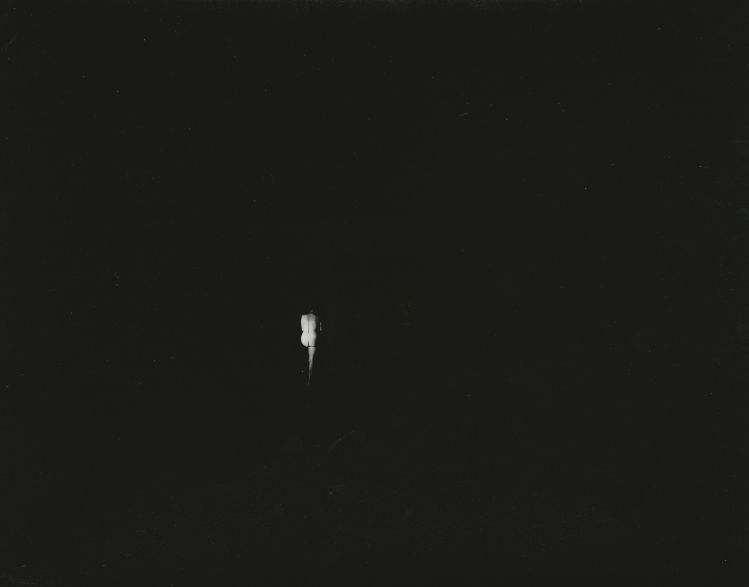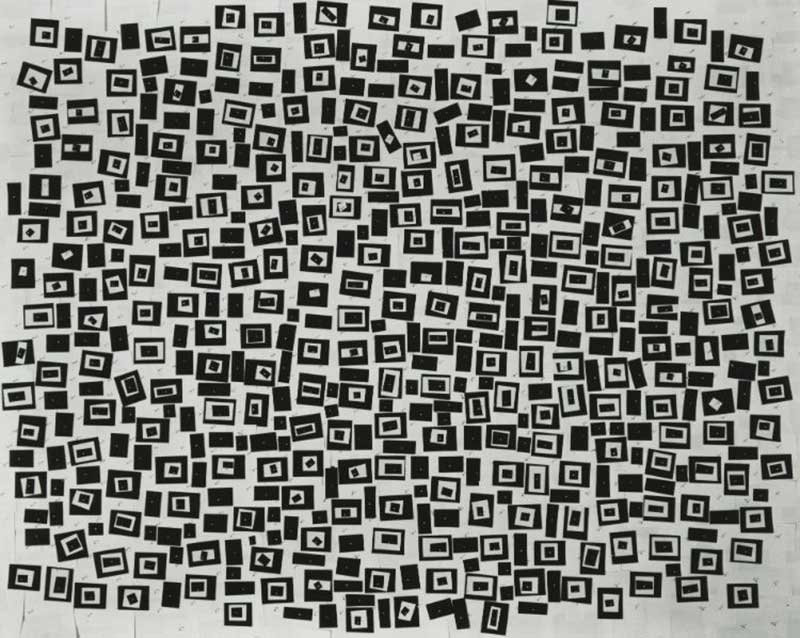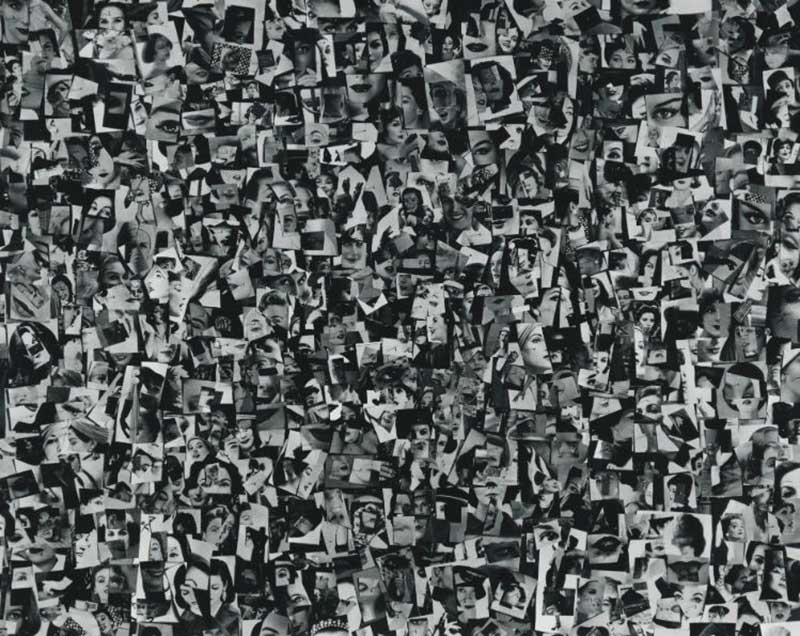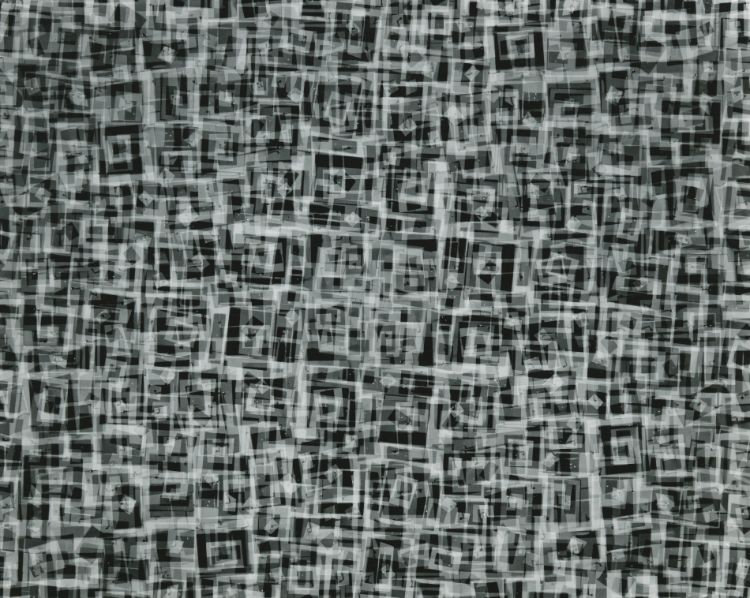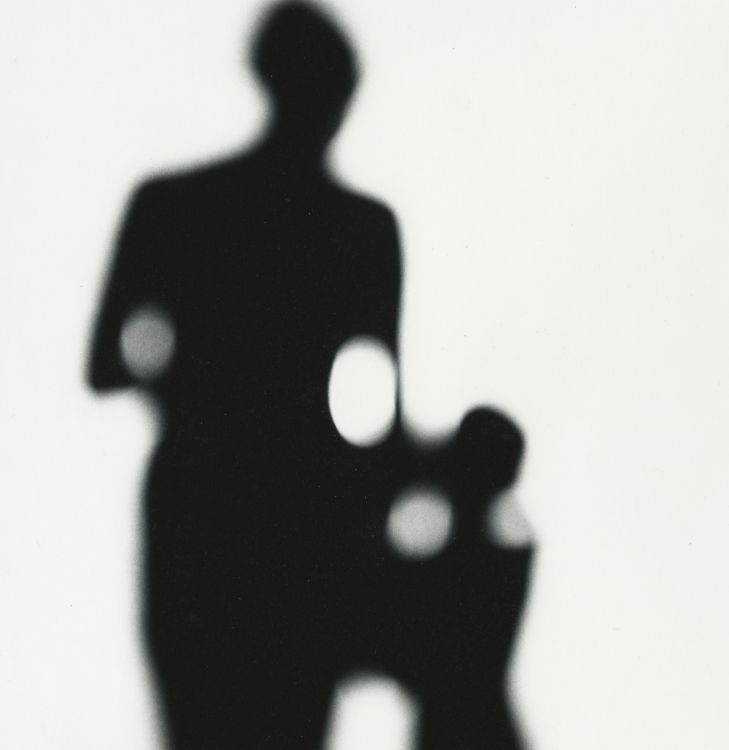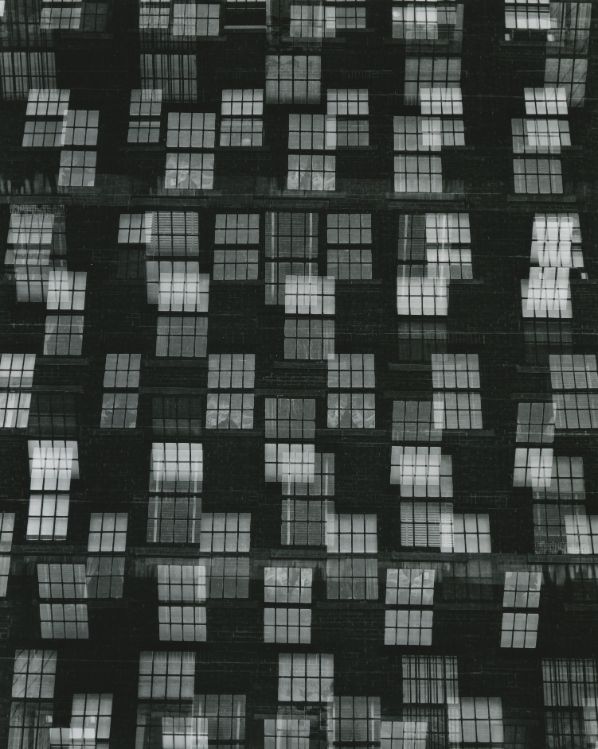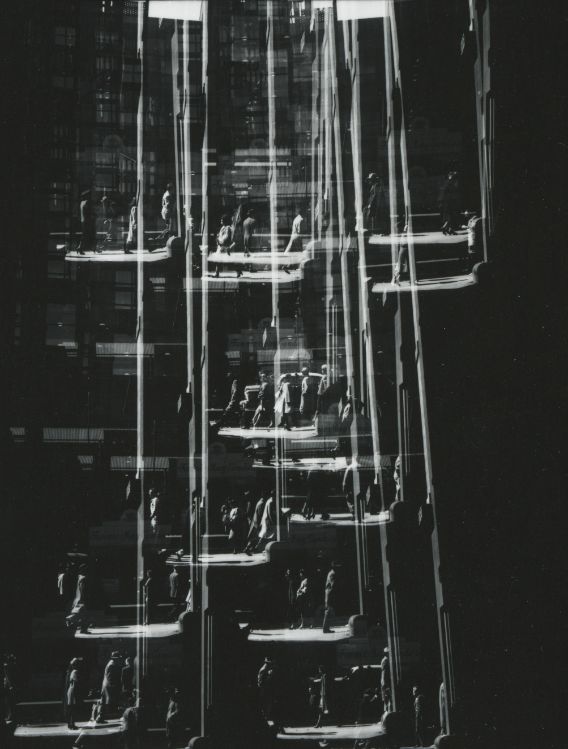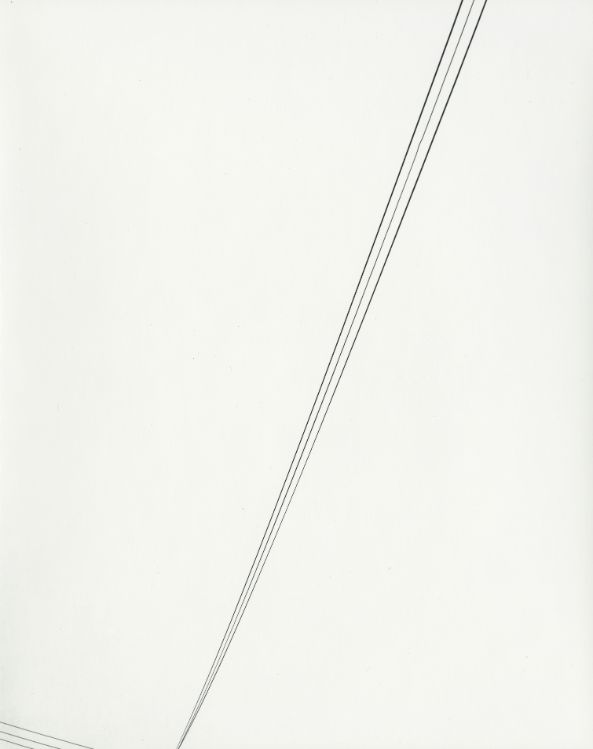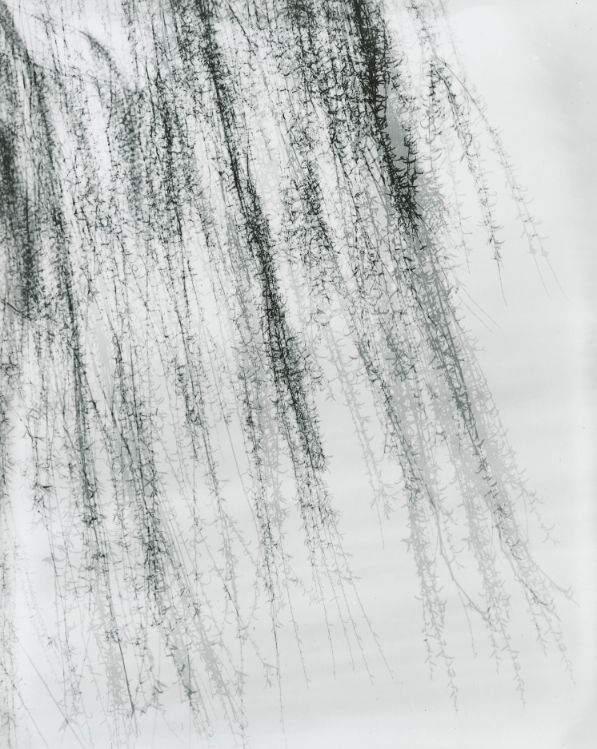Harry Callahan:Chicago | Detroit
13.03 – 06.04.2019
Closed
Hours
Monday to Saturday, 10:00am – 5:30pm
Gallery
3–5 Swallow St
London
W1B 4DE
Huxley-Parlour are pleased to host an exhibition of photographs by American master Harry Callahan (1912 – 1996).
Harry Callahan’s singular aesthetic and drive to experimentation has had a lasting impact on post-war photography. His oeuvre, incorporating abstraction, landscape and portraiture, was a deeply personal response to his own life; he photographed his wife and daughter and the streets, scenes and buildings of the cities he called home.
The exhibition focusses on works from the first two decades of his career, from the early 1940s until the late 1950s, when the photographer was based in Chicago. Having met László Moholy-Nagy in 1946, Callahan joined the faculty of the New Bauhaus that Moholy-Nagy had established in Chicago. Callahan’s photographs from the 1940s share the principles of Bauhaus design and experimentation. Much of his work from this period explores total abstraction and the technicalities of the photographic medium, examples in the exhibition show Callahan using double and triple exposures, blurs, extreme contrasts and collage. As well as abstraction, Callahan meticulously and repeatedly photographed his wife, Eleanor, his daughter Barbara, and the city of Chicago. The exhibition includes examples of these works, exploring Callahan’s relationship to formalism, portraiture and documentary photography.
THE EXHIBITION
3
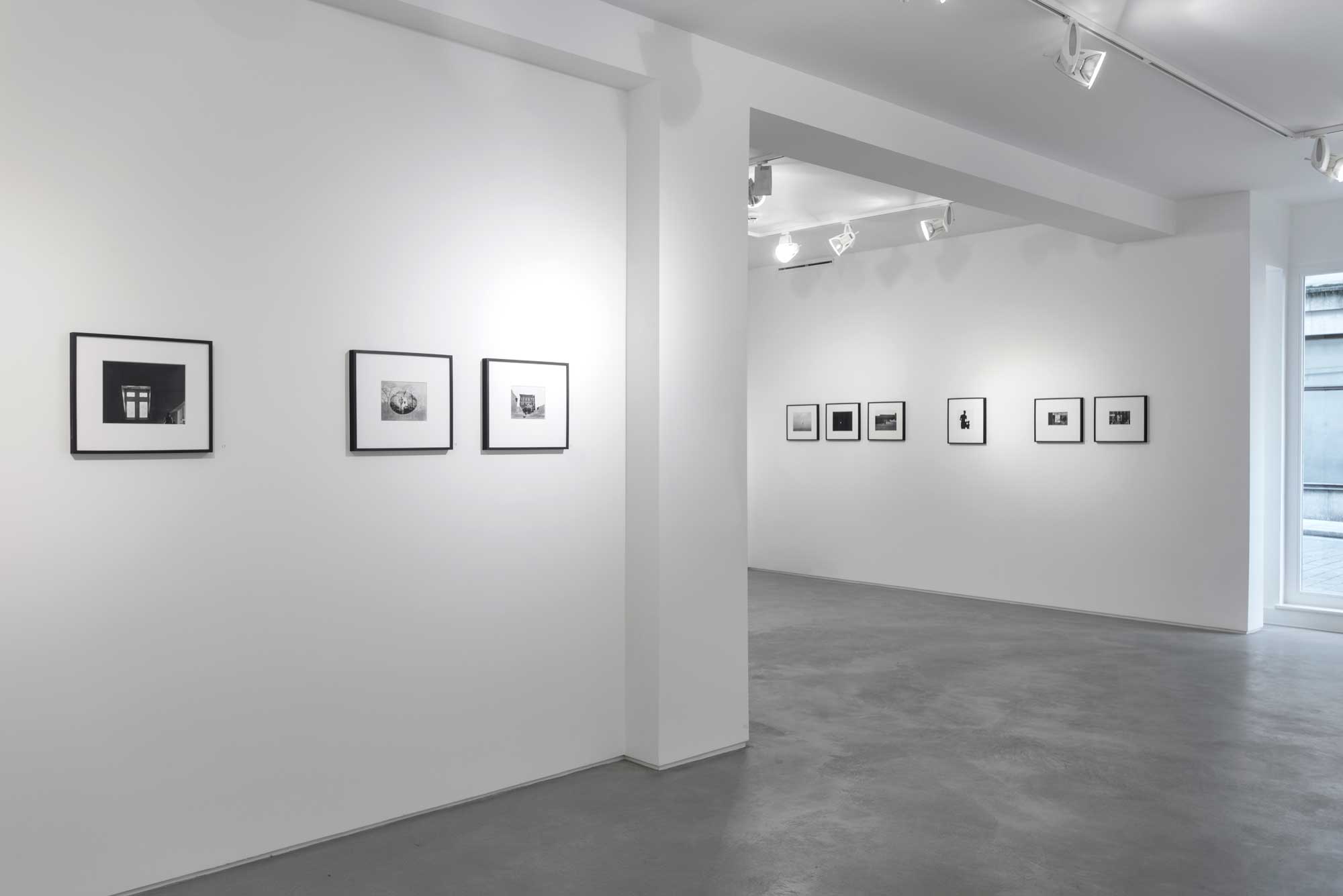
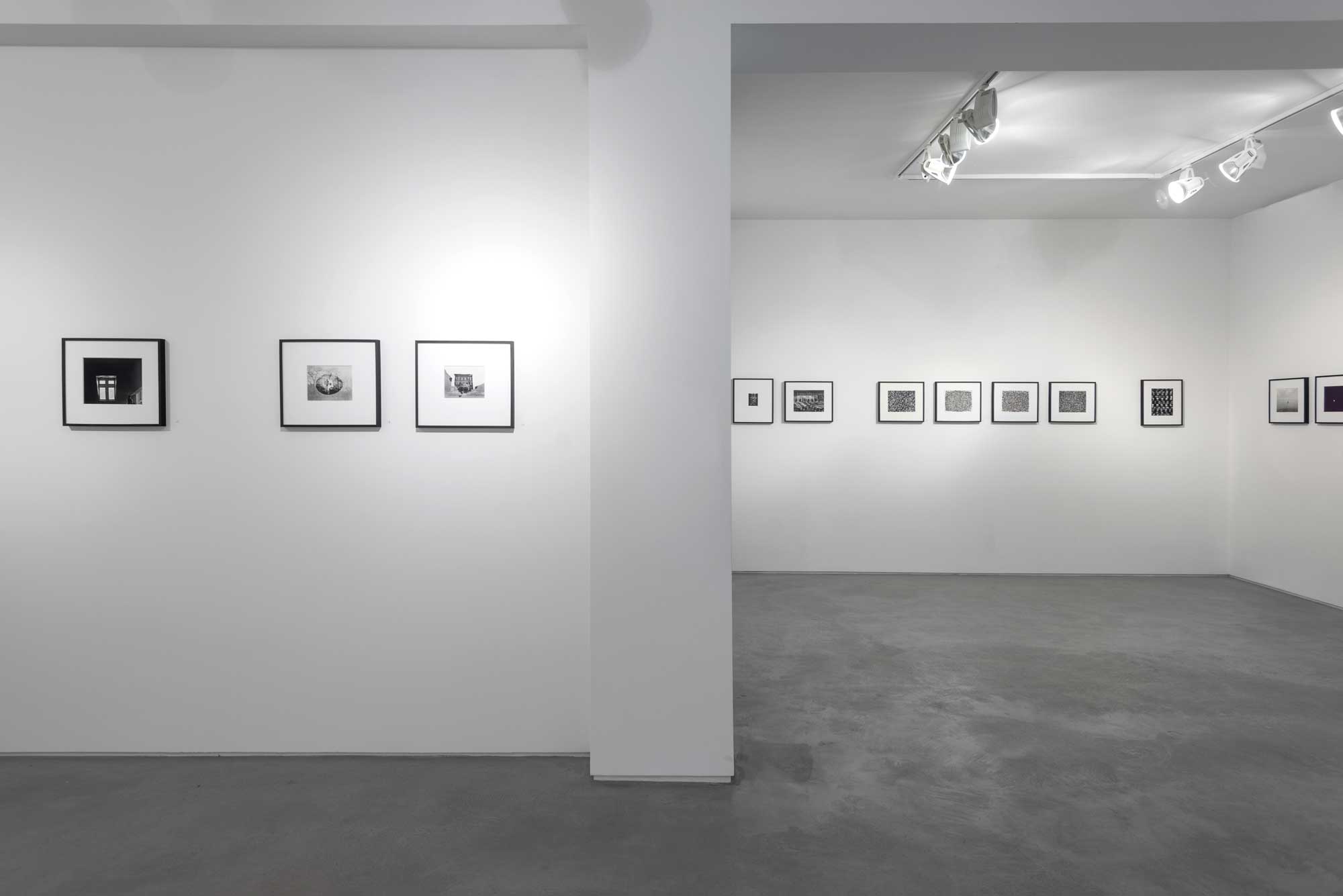
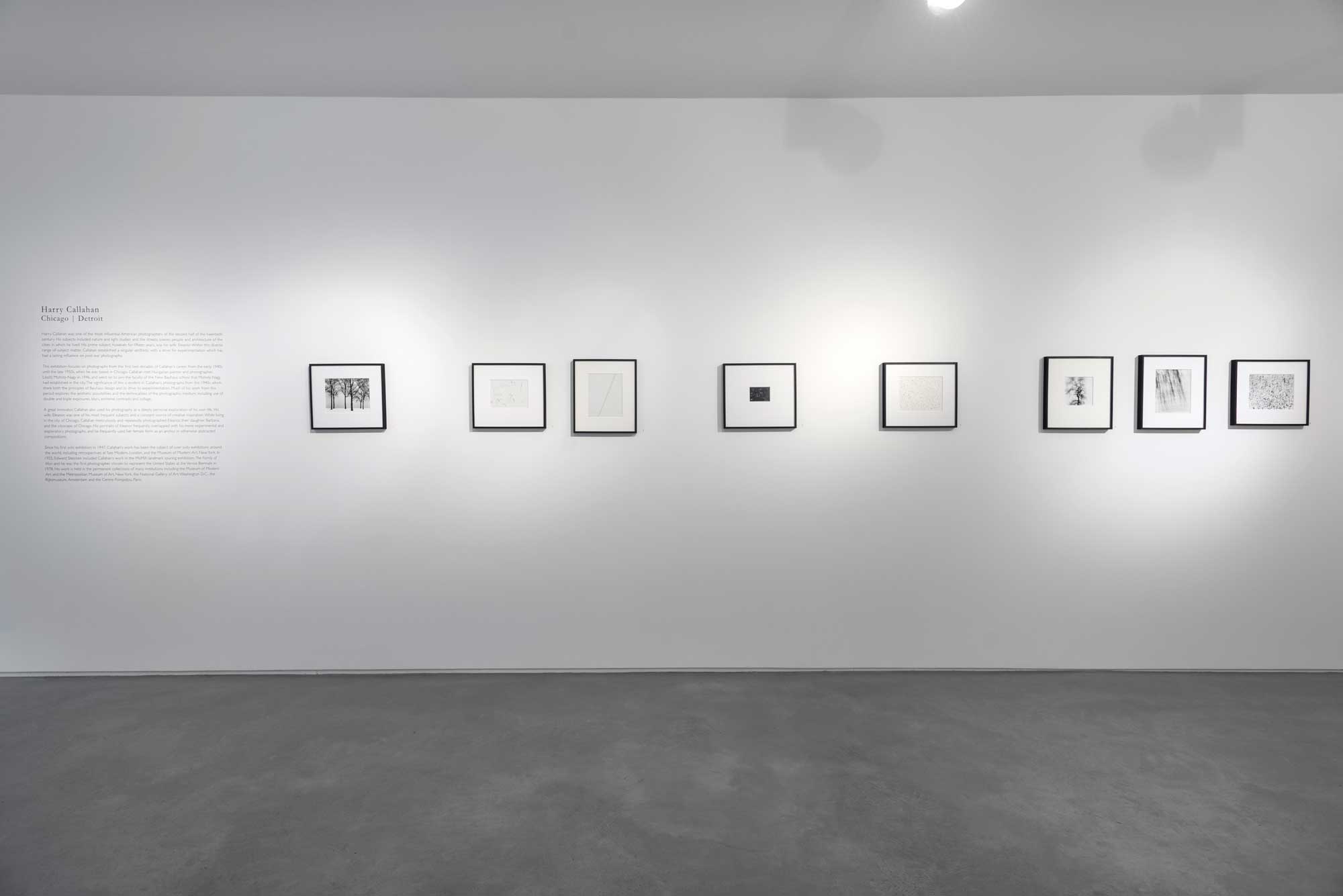
The Works
32
B. UNITED STATES1912 – 1996
Biography
Harry Callahan was intuitive and introverted in his work, and from the very start of his career, it was his wife Eleanor that was to be his central model and muse. Throughout his career, Callahan’s photographs were a deeply personal response to his own life; he photographed his wife and daughter and the streets, scenes and buildings of the cities in which they lived.
A professor at the New Bauhaus, later the Chicago Institute of Design, Callahan’s photographs from the 1940s share the principles of Bauhaus design and experimentation, showing a strong sense of light, line and form. With the formal precision of the European Modernism that he had learnt from Lázlo Maholy-Nagy, Callahan aimed to express his feelings about life through his photography. Much of his work from this period explores total abstraction and the technicalities of the photographic medium. Callahan often used double and triple exposures, blurs, extreme contrasts and collage. He stayed at the school until 1961 when he moved to Rhode Island to establish a photography programme at the Rhode Island School of Design, remaining there until his retirement in 1977.
Harry Callahan was born in Detroit, Michigan. He studied Chemical Engineering and Business at Michigan State University but left before completing his course, accepting a job at the Chrysler Motor Parts Corporation in 1936. Here he took up photography, becoming a member of Chrysler’s Camera Club in 1938 and two years later joining Detroit’s Photo Guild. Since his first one man show in 1947, Callahan’s work has been the subject of over sixty solo and group exhibitions around the world. In 1955 Edward Steichen included his work in the Museum of Modern Art’s famous touring exhibition, The Family of Man. He was also the first photographer chosen to represent the United States at the Venice Biennale in 1978. Callahan was the recipient of numerous awards throughout his career, including a Guggenheim Fellowship in 1972 and the National Medal of Arts in 1996. He died in Atlanta in 1999. Callahan’s archive is now held by The Center for Creative Photography at the University of Arizona.

